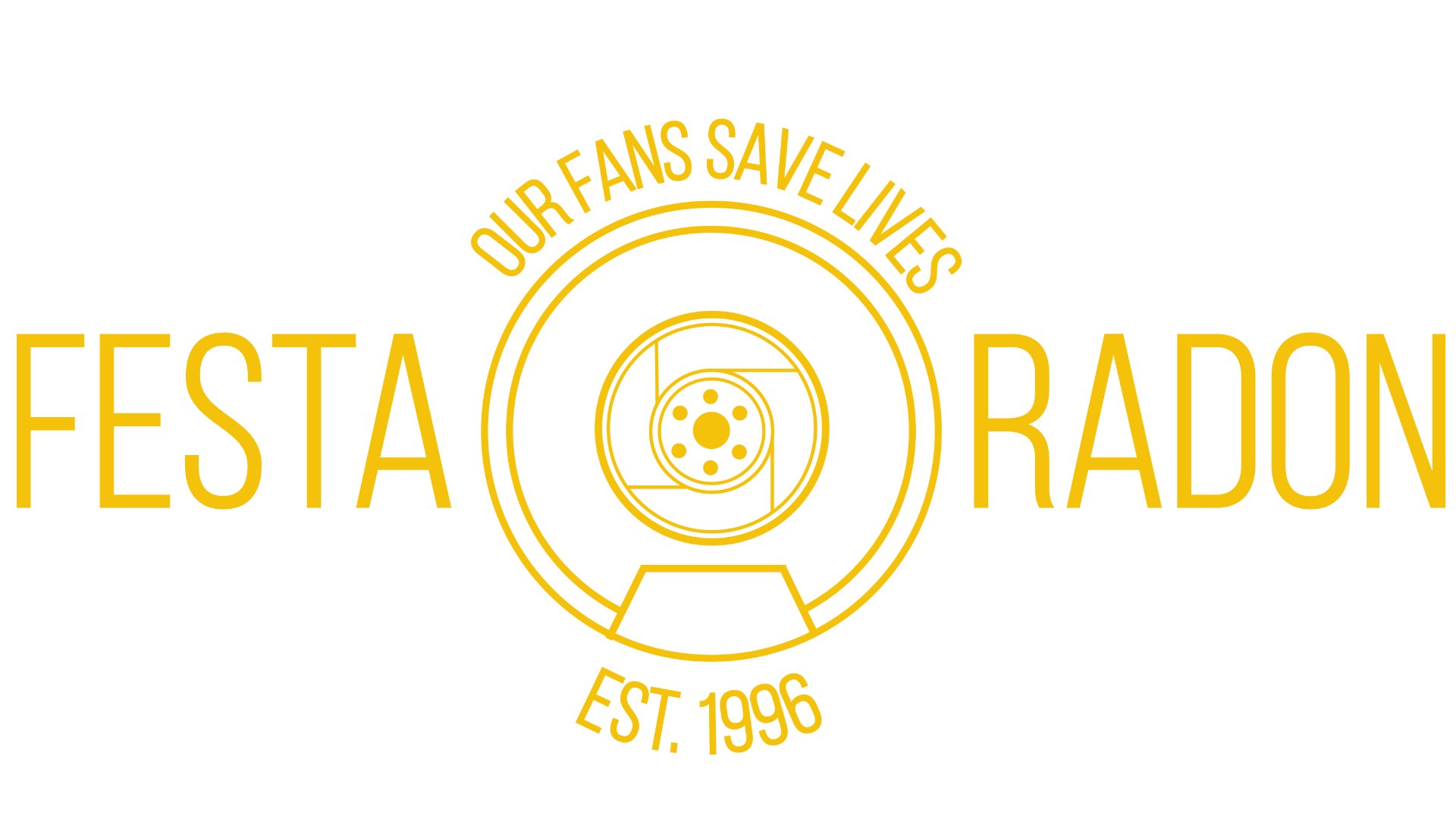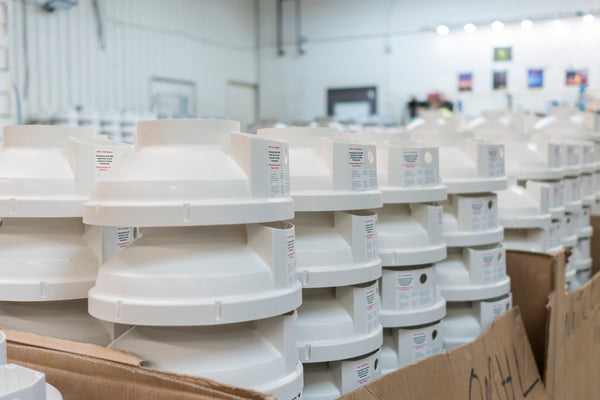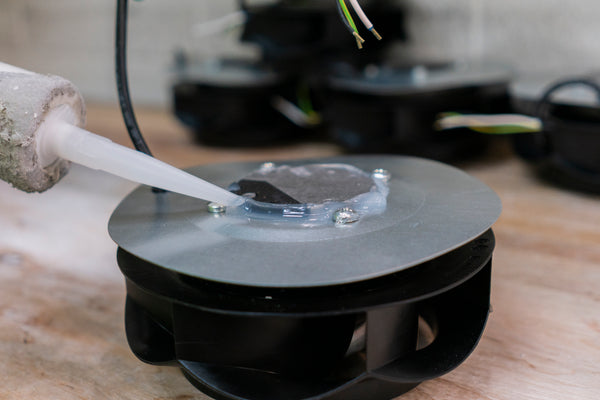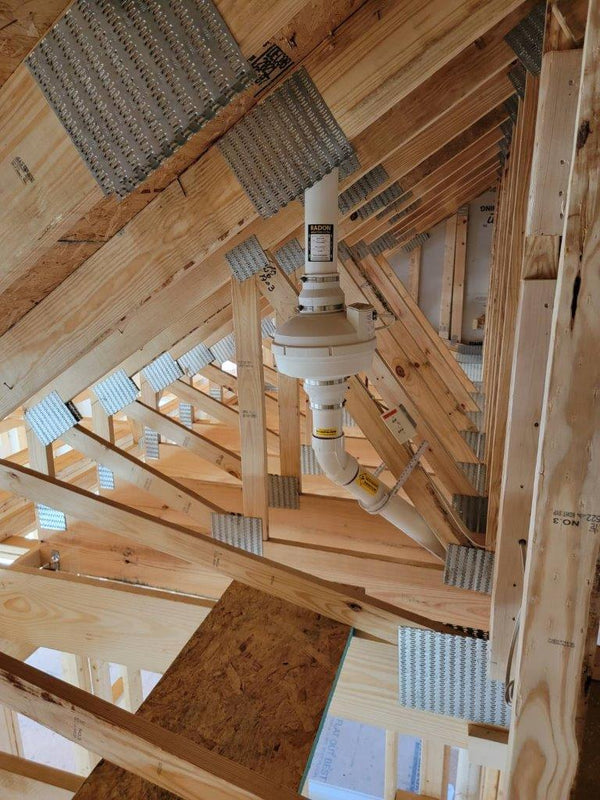
7 Tips for Educating Your Family About Radon Risks
Radon is an invisible threat that could be lurking beneath your home. Educating your family about radon risks is one of the most important steps you can take to protect their health. You don’t need a science degree to understand radon—just a willingness to learn and take action. This blog will guide you through understanding what radon is, why it matters, and how to have meaningful conversations with your family about this silent danger.
By the end of this post, you’ll have clear tips for identifying and addressing radon in your home and enlisting your loved ones in creating a safer living environment.
What Is Radon and Why Does It Matter?
Radon is a type of radioactive gas that forms when uranium naturally breaks down in rocks, soil, and water. You can’t see, smell, or taste it, which is why radon is impossible to detect without proper testing equipment. Radon typically seeps into homes through cracks in foundation, ventilation systems, or even groundwater.
You may wonder, does radon exposure matter? Absolutely. Although exposure to radon might not cause immediate symptoms, long-term exposure can be harmful. Prolonged radon exposure is a leading cause of lung cancer in the United States, especially among non-smokers. According to the Environmental Protection Agency (EPA), at least 20,000 lung cancer deaths each year are attributed to radon.
The good news is that radon exposure is preventable. Testing your home and making informed decisions can keep your family safe.
Understanding Radon Risks in Homes
Radon levels can vary widely from one home to another, even within the same neighborhood. This depends on factors like soil composition and ventilation systems. While homes with basements or crawl spaces often have high levels due to their proximity to soil, homes on slab foundations carry an equal risk.
The EPA recommends testing radon levels regularly, even if your home previously tested safe. Radon levels can fluctuate over time due to environmental changes, foundation shifts, or remodeling work. A radon level of 4.0 pCi/L or higher is dangerous, and you’ll want to take immediate action if your home exceeds this threshold.

The Importance of Educating Your Family
When it comes to household safety, everyone plays a role. Educating your family about radon risks isn’t just about raising awareness—it’s about empowering your loved ones to take informed steps toward a safer home. Start by making radon safety a shared responsibility among all household members.
Why is family involvement important?
- It encourages accountability. When everyone understands the risks, they’re more likely to assist with regular testing and maintenance.
- It reduces fear. Being informed demystifies radon and makes solutions seem manageable.
- It builds teamwork. Tackling radon safety as a family can create a sense of collaboration and shared purpose.
Tips for Identifying and Addressing Radon in Your Home
If you’ve never tested for radon before, it’s not too late! The process is simpler than you might think.
Step 1: Test for Radon
Start with a radon testing kit, which you can pick up online or from a local hardware store. Make sure to follow the instructions closely for accurate readings. Alternatively, you can hire a certified radon professional to conduct testing for you.
Step 2: Address Elevated Levels
If your test shows high levels of radon, don’t panic. Work with a certified mitigation specialist to install a radon reduction system. This system usually involves venting radon gas out of your home via pipes and a special radon fan. To ensure safety and compliance, add an exterior radon fan cover kit to protect your system from outdoor elements.
Step 3: Regular Monitoring
Keep an ongoing schedule to test radon levels annually. Even if you’ve installed a mitigation system, periodic checks ensure the system functions properly over time.
Engaging Your Family in a Discussion About Radon
Now that you have the facts, how do you engage your family in a meaningful conversation about radon risks? Here are some tips for making the discussion productive and empowering:
- Start with the basics. Share what you’ve learned about radon—what it is, where it comes from, and why it’s a concern.
- Use visual aids. Diagrams, maps, or videos can simplify complex ideas and make it relatable for everyone.
- Discuss the impacts. Explain the health risks of radon exposure and the importance of long-term safety. Use real-life examples or data to make the issue relatable without being too alarming.
- Get everyone involved. Assign tasks like testing, selecting mitigation systems, or scheduling routine checks. For younger family members, frame radon education as a science project. It teaches the importance of learning how to detect invisible, real-world problems.
- Focus on solutions, not just risks. Avoid alarming language. Instead, emphasize the steps your family can take together to address radon risks. Reassure your family that you can control radon exposure with simple and effective measures. Highlight the steps you’ve already taken (or plan to take) to reduce risks.
- Create a shared plan. Develop a household safety plan that incorporates regular radon testing and maintenance. Write it down and post it in a visible area, like the kitchen or family room.
- Empower kids. For families with children, explaining the importance of fresh, clean air can teach them valuable lessons about health and responsibility.

Resources and Next Steps for a Radon-Safe Home
Knowing where to start can feel overwhelming, but there are plenty of helpful resources to guide you. Here are a few places you can turn to for more information:
- Purchase a radon test kit. They’re available online and at hardware stores for as little as $15.
- EPA’s radon resources. The Environmental Protection Agency offers easy-to-read guides on radon testing and mitigation.
- Community health departments. Some local governments offer free or low-cost radon testing services for residents. Contact your local health department office to see if there’s a program in your area.
- Certified radon professionals. Use the National Radon Proficiency Program (NRPP) or the National Radon Safety Board (NRSB) to find qualified mitigation specialists near you.
Start the Conversation Today
By now, you’ve learned valuable tips for educating your family about radon risks and the steps you can take to have a safer home. Remember, this isn’t just about protecting yourself—it’s about keeping everyone under your roof safe and informed. By testing your home, addressing radon issues, and involving your family in the process, you’re fostering a culture of safety that benefits everyone.
Start the conversation tonight at dinner, and take a step forward in protecting your home from radon. Sometimes, the simplest actions have the most significant impact.
